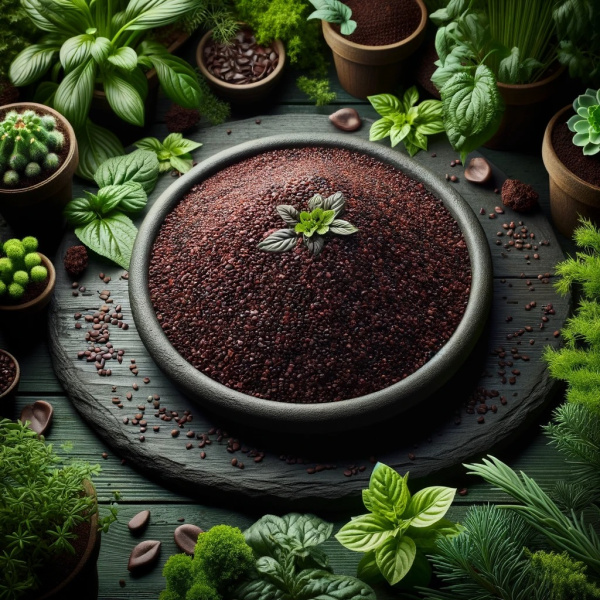
Blood Meal Introduction
Blood meal, a dry, powdered product made from animal blood, is an excellent source of quick-release nitrogen, making it a powerful soil amendment for promoting lush, green growth in plants.
Particularly beneficial for leafy vegetables and plants that require a nutrient boost, blood meal can also help improve soil health by encouraging microbial activity.
This guide will cover the benefits of blood meal, its nutritional profile, application methods, suitability for various plants and soil types, and its role in sustainable gardening practices.
Typical NPK Value: 12-0-0

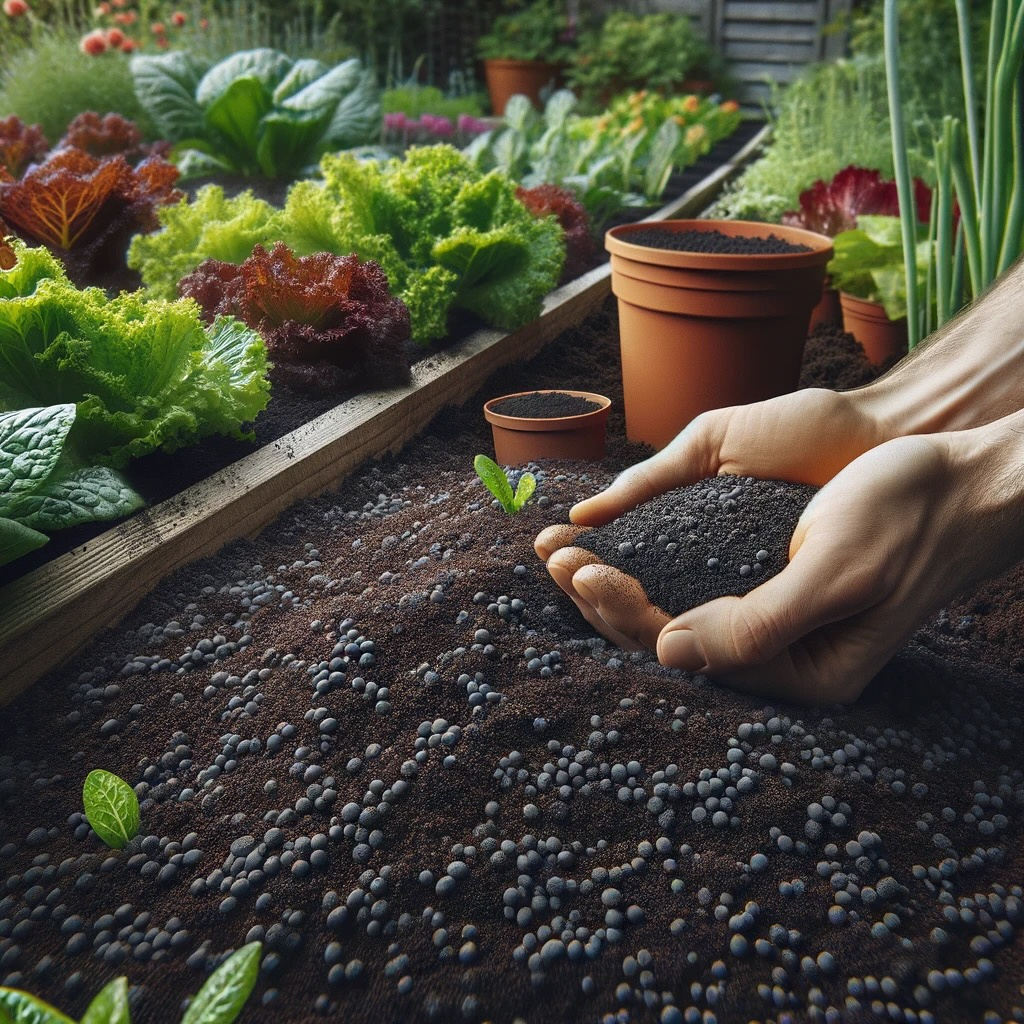
Blood Meal Key Benefits
Incorporating blood meal into your garden offers several key advantages:
- Rapid Nitrogen Supply: Provides an immediate source of nitrogen to help green up plants and stimulate rapid growth.
- Organic Gardening: As a natural product, blood meal is perfect for organic gardening, providing essential nutrients without synthetic chemicals.
- Soil Health Improvement: Encourages the growth of beneficial soil microorganisms, enhancing soil fertility and structure over time.
- Pest Deterrent: The strong odor of blood meal can act as a deterrent for certain animal pests, such as deer and rabbits.
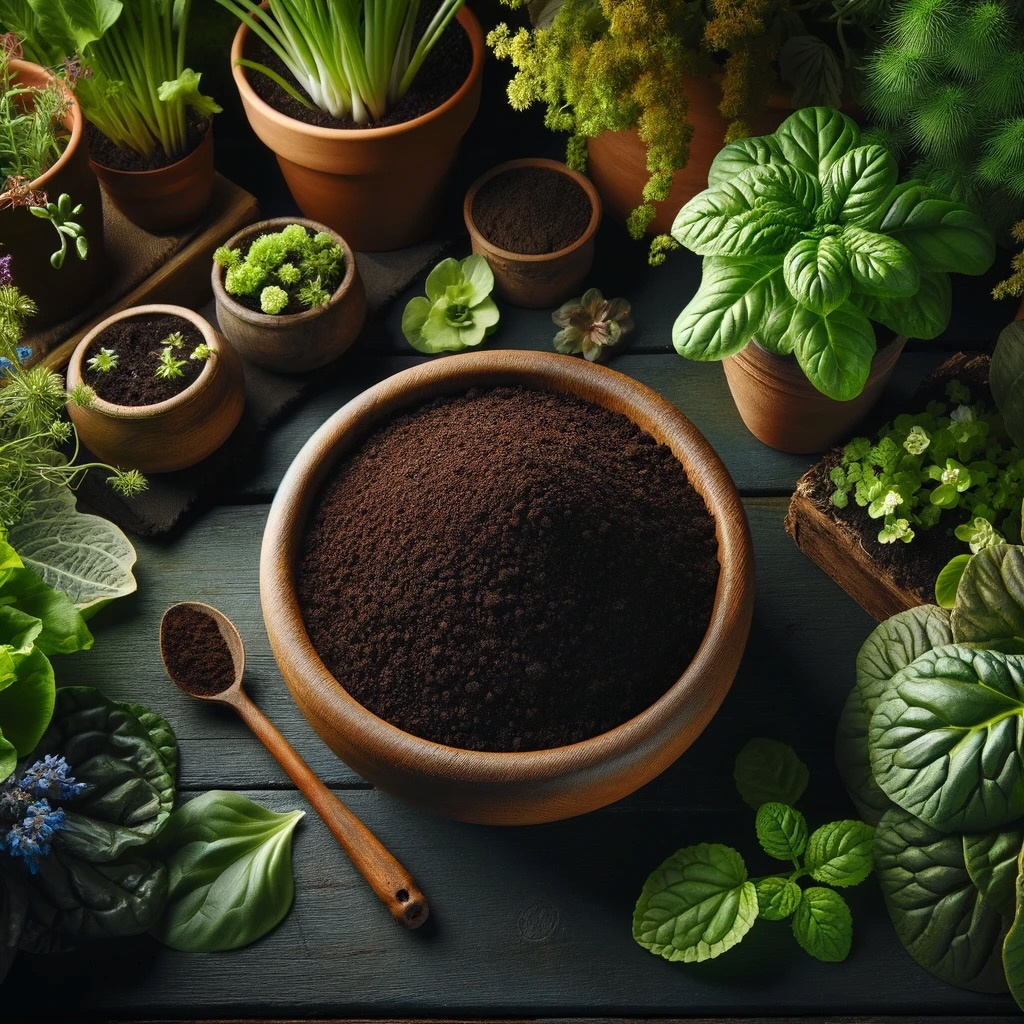
Blood Meal Nutritional Profile
Blood meal is primarily valued for its high nitrogen content, typically around 12-15%, which is essential for plant growth, photosynthesis, and protein synthesis.
Unlike synthetic nitrogen fertilizers, blood meal releases nitrogen over a few weeks, providing a sustained supply that supports plant growth without the risk of nitrogen burn or excessive leaching.
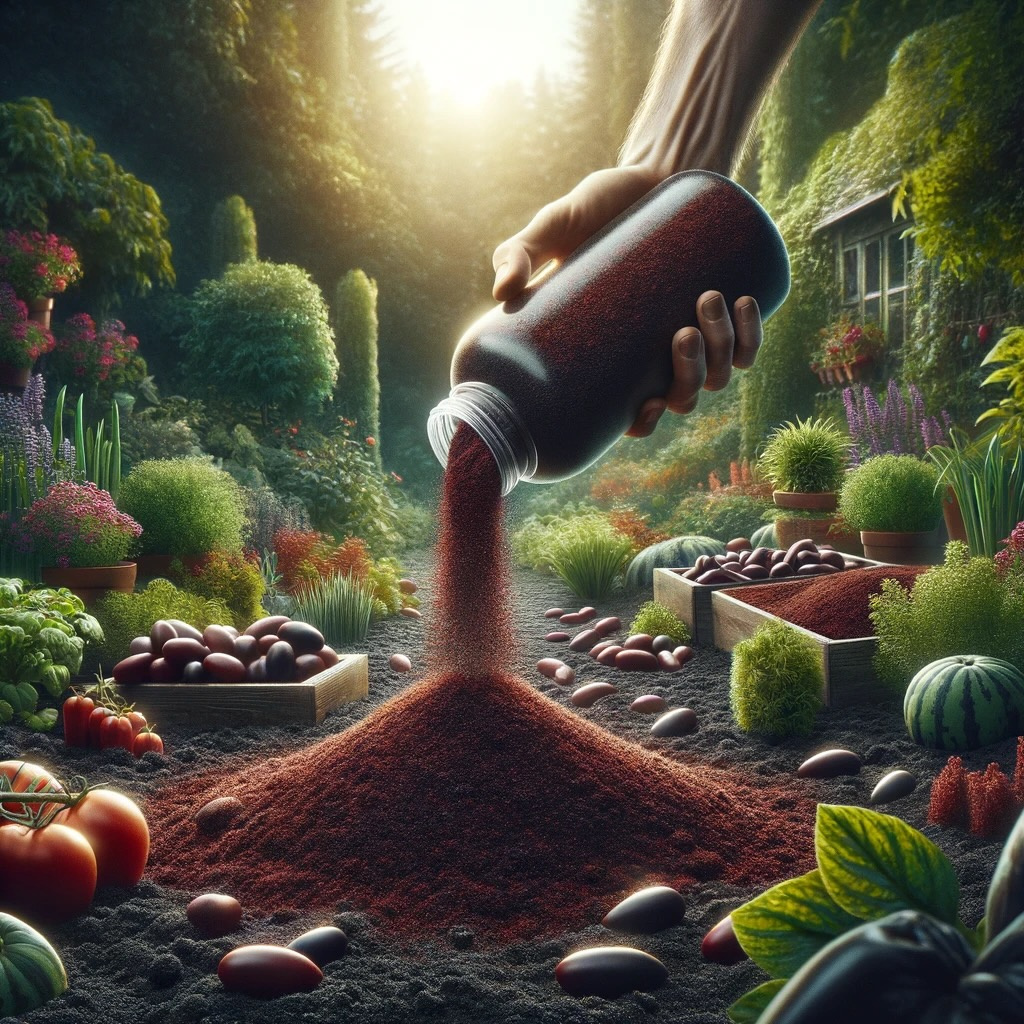
How to Use Blood Meal
Using blood meal in the garden should be done with care due to its high nitrogen content:
- For Garden Beds: Apply blood meal at a rate of 1-2 pounds per 100 square feet, mixing it into the top few inches of soil before planting or around the base of established plants.
- For Individual Plants: Use approximately 1 tablespoon of blood meal around the base of each plant, gently incorporating it into the soil.
- As a Nitrogen Boost: Apply in early spring to give plants a quick start and again during the growing season for plants that show signs of nitrogen deficiency (e.g., yellowing leaves).

Ideal Plants and Soil Types
Blood meal is especially beneficial for fast-growing leafy vegetables like spinach, lettuce, and kale, which have high nitrogen requirements.
It's also useful for plants in the flowering and fruiting stages that can benefit from a nitrogen boost.
While blood meal can be used in all soil types, it's particularly effective in soils that are deficient in nitrogen.

Sustainability and Environmental Impact
Utilizing blood meal as a soil amendment supports sustainable gardening by recycling a by-product of the meat processing industry, reducing waste.
It provides a natural, organic source of nitrogen, minimizing the need for synthetic fertilizers that can contribute to soil and water pollution.
However, it's important to apply blood meal responsibly to avoid nitrogen runoff and to use it as part of a balanced soil management strategy.
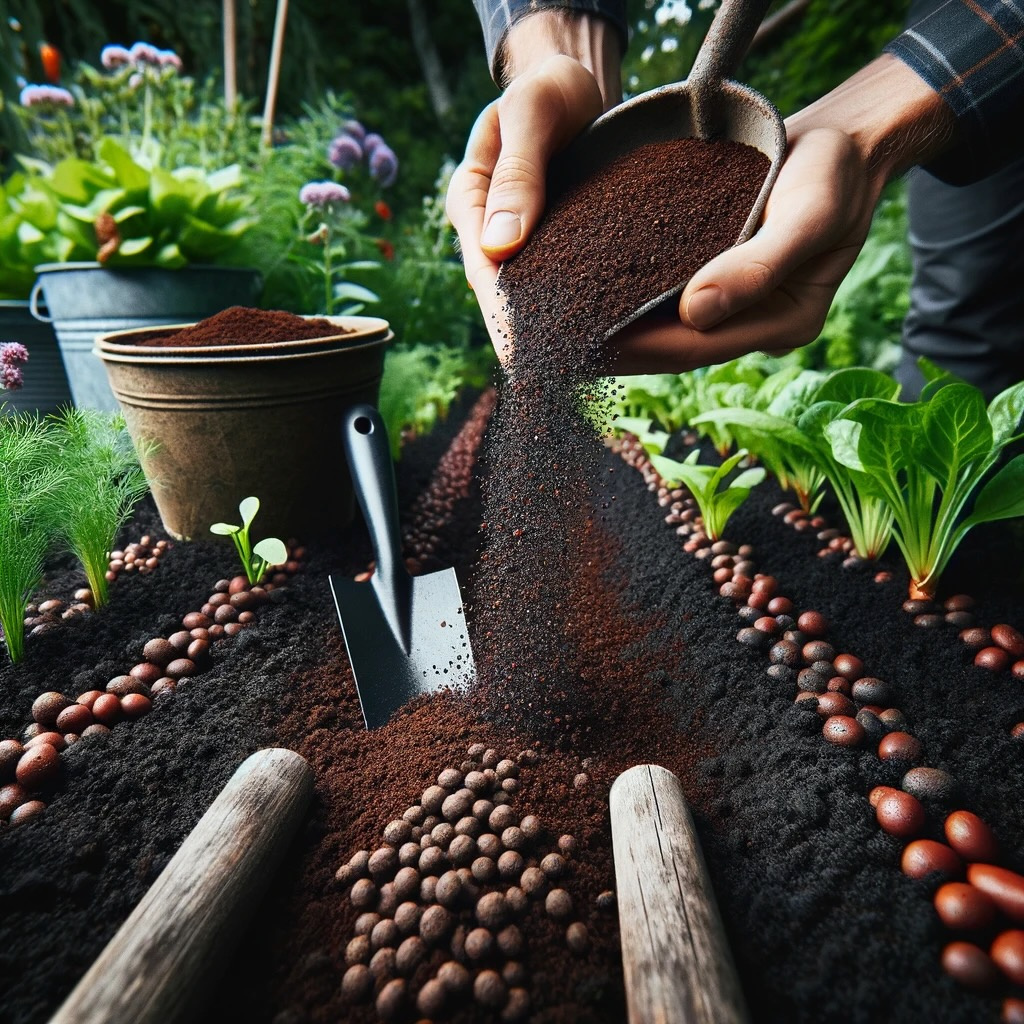
Blood Meal Tips and Tricks
To make the most of blood meal in your garden, consider these tips:
- Water After Application: Irrigate the soil after applying blood meal to help dissolve the powder and facilitate nitrogen absorption by plant roots.
- Monitor Plant Response: Keep an eye on your plants after application, as excessive nitrogen can lead to lush foliage at the expense of fruit or flower production.
- Combine with Other Amendments: For a well-rounded nutrient profile, consider combining blood meal with other organic amendments like bone meal or compost, which provide phosphorus and other essential nutrients.

Blood Meal Conclusion
Blood meal is a potent, organic option for gardeners seeking to enhance plant growth and soil health naturally.
By understanding how to use blood meal effectively, you can achieve vibrant, healthy plants and contribute to a more sustainable gardening ecosystem.
We encourage you to visit our shop and try incorporating blood meal into your gardening practices and share your experiences, helping to foster a community of gardeners dedicated to organic and environmentally responsible gardening methods. Together, we can nurture thriving gardens that benefit both our plants and the planet.

